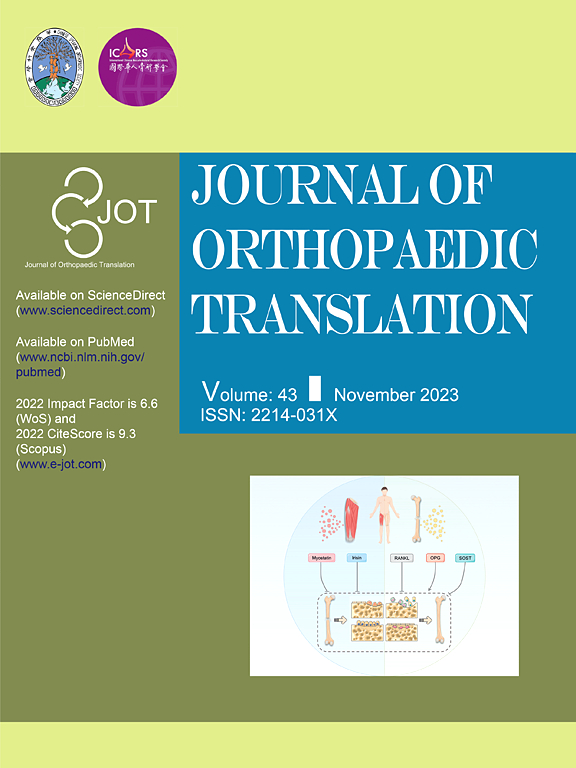Design of internal fixation implants for fracture: A review
IF 5.9
1区 医学
Q1 ORTHOPEDICS
引用次数: 0
Abstract
Internal fixation is the most common and effective fracture treatment, and the design of Internal Fixation Implants (IFI) is important for fracture healing. In recent decades, IFI have been designed from the aspects of materials, geometry, fixation methods and functional characteristics. However, there has been no comprehensive summary on the evaluation method and design methods of IFI. This paper aims to review and analyze the key issues involved in the design of IFI, to provide references for IFI design. Firstly, the main factors affecting the healing effect are summarized and the design requirements of IFI are put forward through the analysis of fracture healing process. Secondly, the evaluation methods of IFI are compared and summarized, and the importance of evaluation methods based on fracture healing theory is emphasized. Subsequently, the properties and application scopes of common biomaterials for IFI are introduced. And the IFI, which is used widely, such as bone plate, intramedullary nail and embracing device, are summed up from the aspects of design factors and design methods. Highlight the distinctive contributions of additive manufacturing for the fabrication of implants and surface treatment for improving the multifunctionality of implants. Finally, the design concept of ideal IFI and the potential research content in the future are proposed based on the design requirements and the summary of the existing design studies.
The translational potential of this article
This study summarizes and analyzes the key issues involved in the design of IFI, which provide references for IFI design. A discussion on future research directions and suggestion were made, which is expected to advance the research in this field.

求助全文
约1分钟内获得全文
求助全文
来源期刊

Journal of Orthopaedic Translation
Medicine-Orthopedics and Sports Medicine
CiteScore
11.80
自引率
13.60%
发文量
91
审稿时长
29 days
期刊介绍:
The Journal of Orthopaedic Translation (JOT) is the official peer-reviewed, open access journal of the Chinese Speaking Orthopaedic Society (CSOS) and the International Chinese Musculoskeletal Research Society (ICMRS). It is published quarterly, in January, April, July and October, by Elsevier.
 求助内容:
求助内容: 应助结果提醒方式:
应助结果提醒方式:


